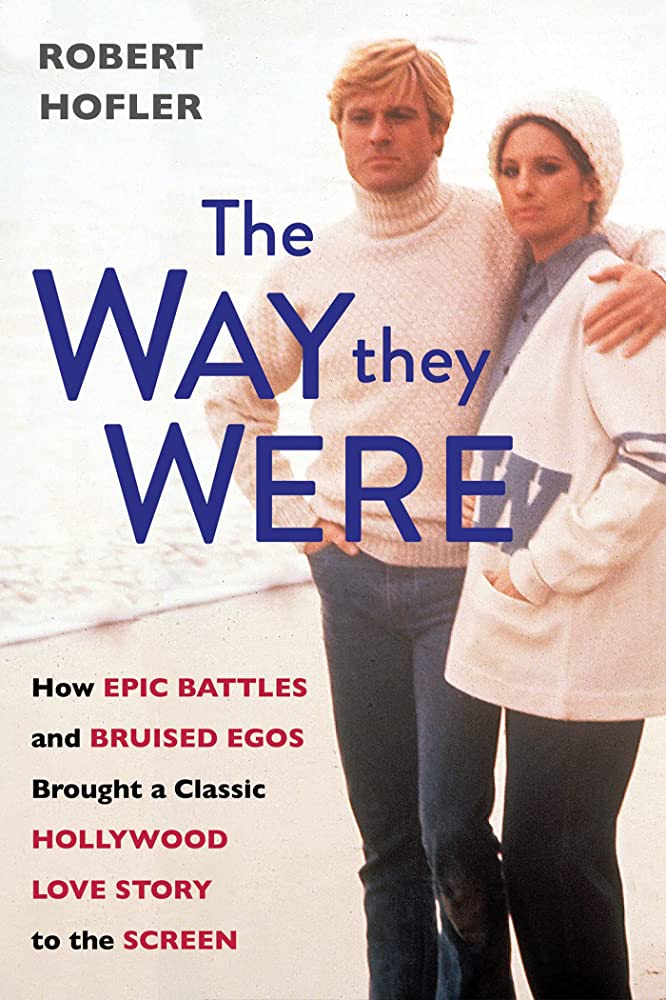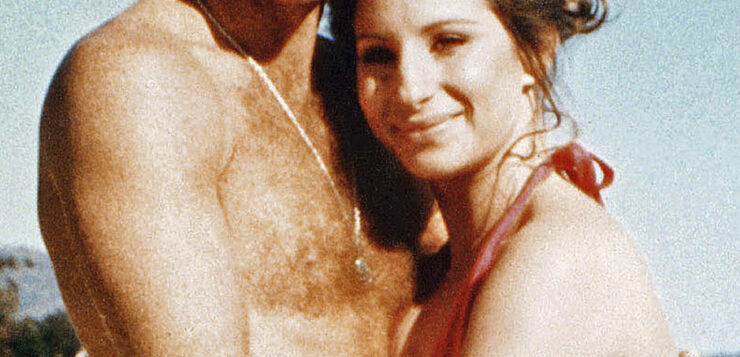 THE WAY THEY WERE
THE WAY THEY WERE
How Epic Battles and Bruised Egos Brought a
Classic Hollywood Love Story to the Screen
by Robert Hofler
Citadel Press. 278 pages, $28.
YIDDISH has entered the American language so extensively by now that most people have probably heard the word “shiksa”—especially if they’ve read Philip Roth’s Portnoy’s Complaint. It’s the Yiddish word for a gentile woman. Robert Hofler’s new book on the making of the Barbra Streisand-Robert Redford movie The Way We Were (1973) is about its masculine equivalent, the much less euphonic “shegetz.”
There are movies so memorable for themselves, or the way they were made, or what they reveal about the culture when they were made, that people are moved to write books about them. Whatever the emphasis, such books always end up being a cultural commentary on the time when the films were made, and Robert Hofler’s The Way They Were is no exception. Most of the book is about how the movie was made—the fights, egos, rewrites, scenes left on the cutting room floor—but what it also portrays is the way that Jews, and later gay people, came out to the American public. In Hofler’s view, The Way We Were was not only about a Jewish activist (Barbra Streisand) falling in love with a blond gentile jock (Robert Redford), but also the fictionalized story of the relationship between the movie’s screenwriter Arthur Laurents (both gay and Jewish) and a man named Tom Hatcher, the real-life shegetz in Laurents’ life and the inspiration for the couple in the film.
Laurents had already directed Streisand in a stage musical called I Can Get It for You Wholesale when producer Ray Stark asked him to write something for her after the success of Funny Girl. Laurents, whose résumé included Gypsy, West Side Story, Summertime, The Time of the Cuckoo, Home of the Brave, and numerous screenplays for directors like Alfred Hitchcock, not to mention affairs with two of his stars, Farley Granger and Anthony Perkins, went back to his own college days at Cornell as a liberal Jewish activist to create the role of Katie Morosky, the Jewish girl who falls for an apolitical jock. Streisand fit the role—she’d always defined herself as “a Jewish girl from Brooklyn.”
The 1960s may have been an era less sensitive to language than our own, but it’s still a shock to read that a critic at the New York Journal-American compared Streisand’s appearance to that of “an amiable ant-eater” or that Variety suggested “perhaps a little corrective schnoz job might be an element to be considered,” or that Richard Nixon (on the White House tapes) opined: “That Barbra Streisand is so obnoxious. Who can stand her? Her singing is so nasal, so whiny. And that nose—a real Jimmy Durante schnoz. But I guess she appeals to the New York crowd.” The New York crowd consisted of the gay men who flocked to a nightclub in the Village called the Bon Soir to hear her sing when she was still in I Can Get It for You Wholesale.
Andrew Holleran’s latest novel is The Kingdom of Sand (Farrar, Straus and Giroux, 2022).







